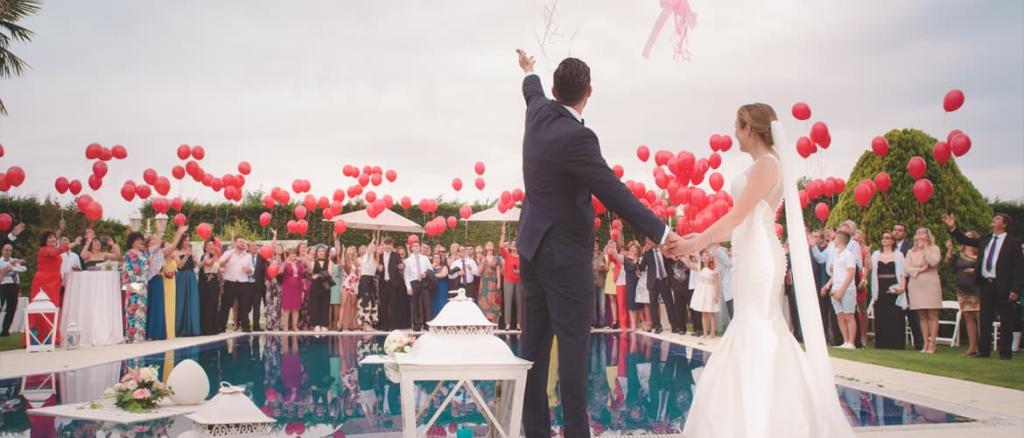Introduction:
Australia is renowned for its robust immigration system, which offers a range of visa options catering to different needs. One such visa is the Prospective Marriage Visa (Subclass 300), designed for individuals who are engaged to Australian citizens, permanent residents, or eligible New Zealand citizens. This visa enables engaged couples to unite in Australia with the intention of getting married. Below is an in-depth exploration of the visa, its requirements, application process, and important considerations.
If you need assistance with this profession such as EOI lodgement, skill assessment, PR application lodgement or would like to study courses related to Civil Engineering Draftsperson, we have all colleges and universities all over Australia. Contact us for more info and guidance.
Email: info@immiedu.com.au
Contact: 04 2626 3536.

Overview of the Prospective Marriage Visa (Subclass 300)
The Prospective Marriage Visa (Subclass 300), often referred to as a “fiancé(e) visa,” is a temporary visa that allows the holder to enter Australia, marry their Australian partner, and apply for permanent residency through a Partner Visa (Subclass 820/801). This visa is particularly advantageous for couples separated by international borders, enabling them to be together in Australia and plan their future as a married couple.
Eligibility Criteria
To qualify for the Prospective Marriage Visa (Subclass 300), both the applicant and their sponsoring partner must meet specific eligibility requirements. These include:
- Relationship Requirements:
- Engagement: The applicant must be engaged to an Australian citizen, permanent resident, or eligible New Zealand citizen. The couple must provide evidence of their engagement and intention to marry.
- Genuine Relationship: The relationship between the applicant and their partner must be genuine and continuing. The couple must intend to live together as spouses after marriage.
- Age Requirement: Both parties must be at least 18 years old at the time of application.
- Health and Character Requirements:
- Health: The applicant must meet Australia’s health standards. This usually involves undergoing a medical examination and providing evidence that the applicant does not have any health conditions that could pose a public health risk or be a significant cost to Australia’s health services.
- Character: The applicant must meet the character requirements, which typically involve providing police certificates from countries where they have lived for 12 months or more in the past 10 years. Applicants must not have a substantial criminal record or be deemed a security risk.
- Sponsor Requirements:
- Eligibility: The sponsor must be an Australian citizen, permanent resident, or eligible New Zealand citizen. They must be able to demonstrate their capacity to financially support the applicant.
- Previous Sponsorships: There are restrictions on how many times an individual can sponsor a partner for a visa. If the sponsor has previously sponsored another person for a partner or fiancé(e) visa, or if they were themselves sponsored for a partner visa within the last five years, they may be ineligible to sponsor again.
Application Process
The process of applying for the Prospective Marriage Visa (Subclass 300) involves several steps, each requiring careful attention to detail to ensure the best chance of success.
- Preparation and Documentation:
- Gather Evidence: The couple must gather substantial evidence to prove the genuineness of their relationship. This may include photos, communication records (such as emails, messages, and call logs), evidence of joint travel, and statements from friends and family.
- Financial Evidence: Documentation showing financial support between the couple, such as joint bank accounts, shared expenses, and financial transfers, can strengthen the application.
- Legal Documents: The applicant must provide identity documents, such as passports and birth certificates, as well as any previous marriage or divorce certificates if applicable.
- Lodging the Application:
- Outside Australia: The applicant must be outside Australia when applying for this visa. The application is submitted online through the Department of Home Affairs’ ImmiAccount portal.
- Payment of Fees: The visa application fee must be paid at the time of submission. This fee can be substantial, and the exact amount should be checked on the Department of Home Affairs website, as it may vary.
- Processing and Waiting Period:
- Processing Time: The processing time for the Prospective Marriage Visa can range from 12 to 18 months, depending on various factors, including the complexity of the case and the quality of the documentation provided.
- Requests for Further Information: The Department of Home Affairs may request additional documentation or information during the processing period. Applicants should respond promptly to avoid delays.
- Interviews: In some cases, the couple may be asked to attend an interview to further verify the authenticity of their relationship.
- Decision and Next Steps:
- Visa Grant: If the visa is granted, the applicant will be given permission to enter and stay in Australia for a period of 9 to 15 months. During this time, the couple must marry.
- Marriage and Transition to Partner Visa: After marriage, the visa holder should apply for the Partner Visa (Subclass 820/801) to remain in Australia permanently. This application must be lodged before the Prospective Marriage Visa expires.
Key Benefits of the Prospective Marriage Visa (Subclass 300)
The Prospective Marriage Visa (Subclass 300) offers several benefits to applicants and their Australian partners:
- Time to Plan and Marry: The visa provides a generous timeframe for the couple to plan their wedding and establish their life together in Australia.
- Work and Study Rights: Visa holders are allowed to work and study in Australia during their stay, enabling them to contribute to their household and the economy while planning their future.
- Access to Healthcare: Visa holders can enroll in Australia’s public healthcare system, Medicare, after applying for the Partner Visa. This access to healthcare is crucial for maintaining the applicant’s well-being during their stay.
- Pathway to Permanent Residency: The Prospective Marriage Visa is a clear pathway to permanent residency in Australia through the subsequent Partner Visa application.
Challenges and Considerations
While the Prospective Marriage Visa (Subclass 300) provides an excellent opportunity for couples to be together in Australia, there are challenges and important considerations to keep in mind:
- Cost: The visa application process can be expensive, considering the application fee, medical examination costs, police certificates, and potential legal fees if using a migration agent.
- Processing Times: The lengthy processing time can be challenging for couples, especially those who are eager to be reunited. It is essential to plan accordingly and manage expectations.
- Documentation Requirements: The success of the visa application heavily relies on the quality and comprehensiveness of the documentation provided. Insufficient or inconsistent evidence can lead to delays or even a visa refusal.
- Living Arrangements: The couple must be prepared to live together after marriage, as this is a requirement for transitioning to the Partner Visa. Failure to do so could jeopardize the visa holder’s ability to remain in Australia.
- Legal and Cultural Considerations: Couples should be aware of the legal and cultural implications of marrying in Australia, including the need to comply with Australian marriage laws and potentially different cultural norms.
Tips for a Successful Application
- Be Thorough with Documentation: Provide as much detailed evidence as possible to support the genuineness of your relationship. This includes not just romantic aspects but also evidence of shared responsibilities and future plans.
- Seek Professional Guidance: Consider consulting with a registered migration agent, especially if your situation is complex. They can help navigate the process, ensure all requirements are met, and improve the likelihood of a successful outcome.
- Communicate Clearly: If the Department of Home Affairs requests additional information or clarification, respond clearly and promptly. Keep your communication with the department organized and professional.
- Plan for the Long Term: Since the visa is temporary, it’s essential to plan for the transition to the Partner Visa. Ensure you have all necessary documents and meet the requirements for this next step.
Conclusion
The Prospective Marriage Visa (Subclass 300) is a valuable option for couples separated by international borders, offering a clear pathway to marriage and permanent residency in Australia. While the application process is detailed and requires careful preparation, the benefits of reuniting with a loved one and building a life together in Australia are profound. By understanding the eligibility criteria, preparing a strong application, and planning for the future, couples can successfully navigate the process and begin their journey toward marriage and a shared future in Australia.
For more resources: https://immi.homeaffairs.gov.au/
If you need assistance with this profession such as EOI lodgement, skill assessment, PR application lodgement or would like to study courses related to Civil Engineering Draftsperson, we have all colleges and universities all over Australia. Contact us for more info and guidance.
Email: info@immiedu.com.au
Contact: 04 2626 3536.
